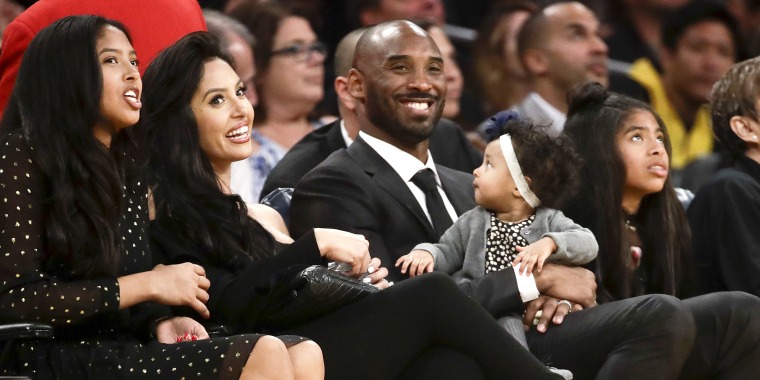A helicopter pilot's "spatial disorientation" played a key role in the crash that killed basketball legend Kobe Bryant, his daughter and several friends last year, federal authorities said Tuesday.
The 41-year-old Los Angeles Lakers icon, Gianna Bryant, 13, and seven others died on a cloudy Jan. 26 morning near the Southern California coast when their Sikorsky S-76B helicopter slammed into a hillside in Calabasas, stunning the sports and basketball worlds.
The crash also killed Payton Chester, 13; Sarah Chester, 45; Alyssa Altobelli, 14; Keri Altobelli, 46; John Altobelli, 56; Christina Mauser, 38; and Ara Zobayan, 50.

Zobayan was the chief pilot for Island Express Helicopters and had 8,500 hours of flight experience and had about 10 years experience of flying in the area where the craft crashed, the National Transportation Safety Board said during a hearing outlining the likely cause of the crash.
The pilot most likely had an episode "of spatial disorientation," which NTSB Chairman Robert Sumwalt described as "the powerful, misleading sensations that can confuse a pilot conducting a visual flight who loses visual references, and what types of training can be effective in countering this effect."
"We have seen this accident before, unfortunately," board member Michael Graham said. "Helicopters continue the VFR (visual flight rules) flight into meteorological conditions and unfortunately lose control of the aircraft due to spatial disorientation."
The previous owner of the Sikorsky S-76B regularly operated it with two pilots, the chairman said.
While there was no mandate for Island Express Helicopters to use two pilots, Sumwalt insisted that two sets of trained eyes might have made a difference.
During Tuesday's hearing, Sumwalt even bucked his own investigator who downplayed the two-pilot suggestion, saying he had seen plenty of "spatial disorientation" crashes that had a pair of aviators at the controls.
"I wouldn't agree with that," said Sumwalt, who had been a longtime U.S. Airways pilot before joining the NTSB.
"I think two pilots would increase the safety level. I flew with two pilots for a long time and in an airline environment, you get the redundancy that if one pilot is struggling, the other pilot would be able to sit back and say, 'Wait a minute, you are banking 30 degrees to the left and starting a descent.' "
As Zobayan encountered the marine layer that morning, the pilot appeared to go against federal guidelines by flying into the fog, the NTSB said.
The pilot should have avoided "adverse weather" and "divert, return to base or land the helicopter," Graham said.
"And unfortunately the pilot did not do that," Graham added.
A lawyer for Island Express Helicopters could not be immediately reached for comment on Tuesday.
It's also believed Zobayan put himself under "self-induced pressure" to complete the journey because he had a longtime relationship with Bryant.
Investigators said there's no evidence that Bryant or anyone else in the travel party pressured Zobayan on that Sunday morning to finish the trip quickly.
This article was originally published on NBCNews.com.
